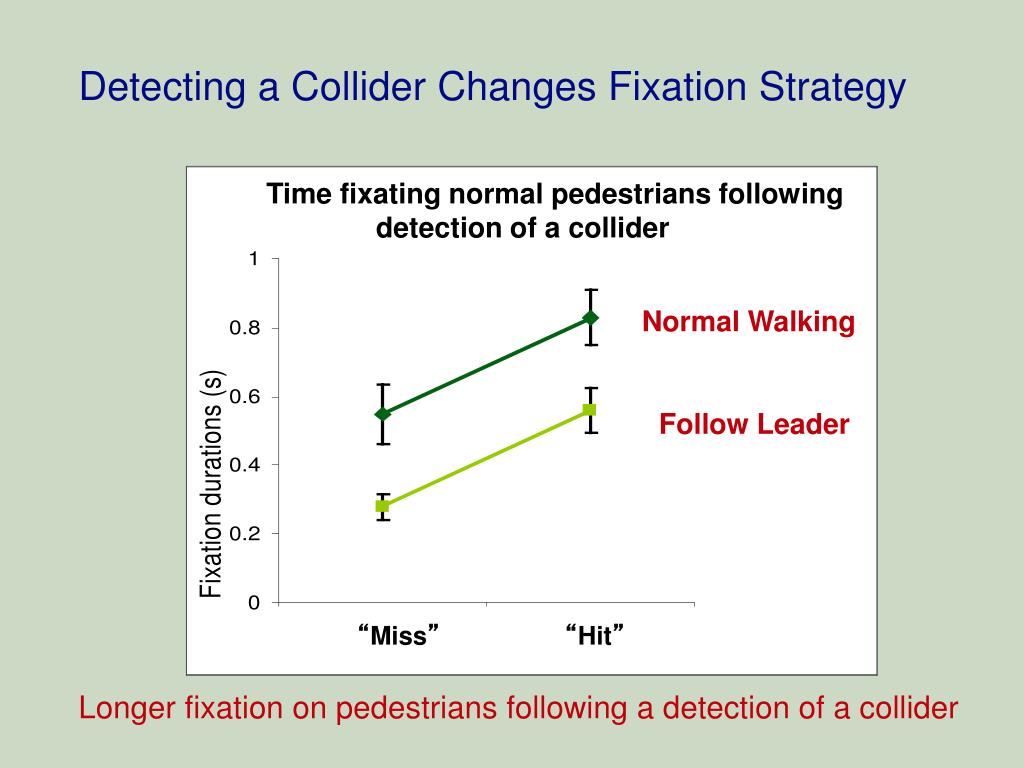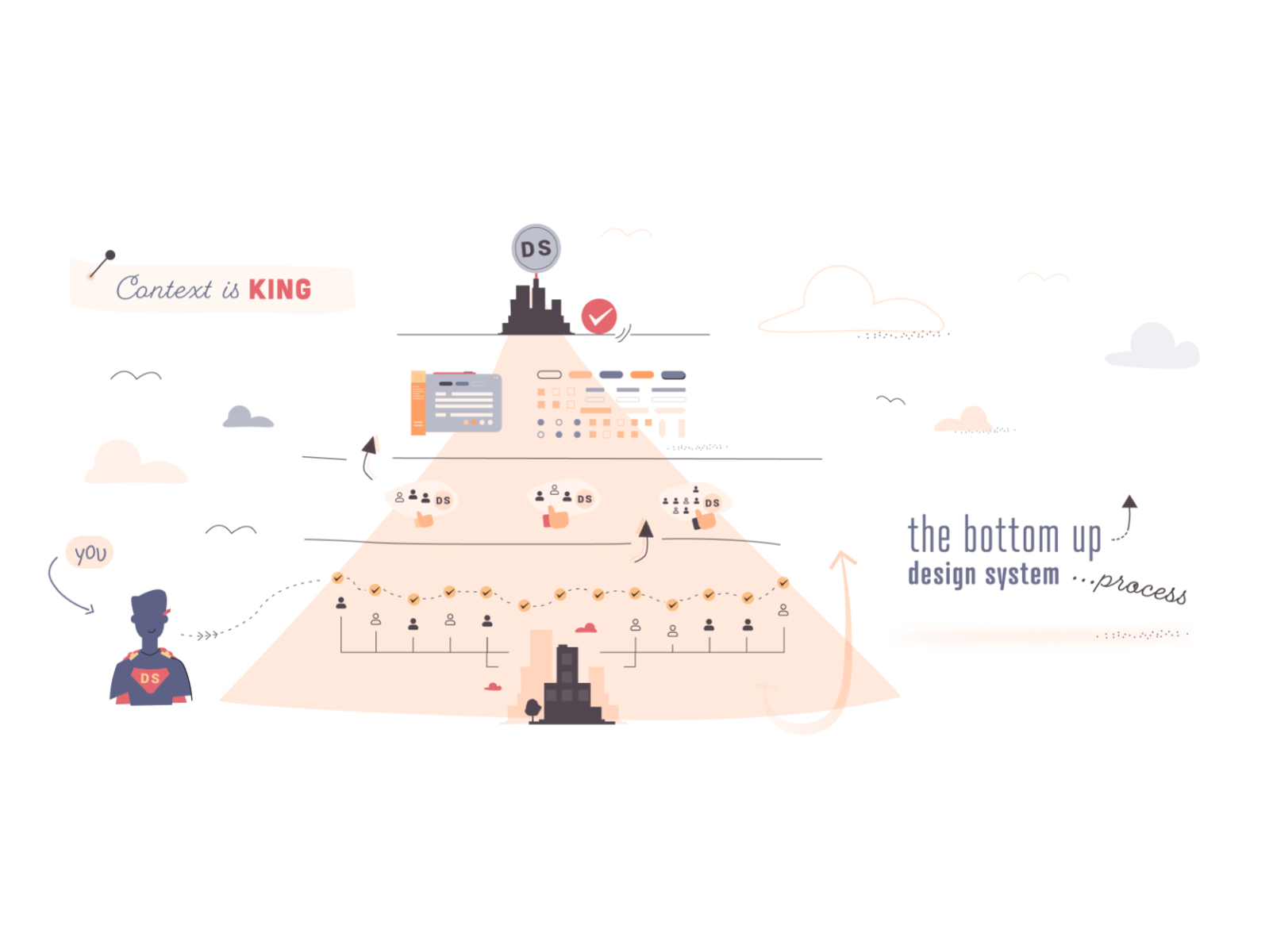

- #BOTTOM UP PROCESSING EXAMPLE REGISTRATION#
- #BOTTOM UP PROCESSING EXAMPLE PROFESSIONAL#
- #BOTTOM UP PROCESSING EXAMPLE SERIES#
However, they must assess what they eat using a bottom-up approach. They might already have some clue about the food they will eat. From this information, they assess the patient.ĭid you ever witness someone performing a blind taste test? Perhaps it might have been on a cooking show where they had to guess what they were eating. They also monitor the patient’s physical behavior like sweating, fidgeting, etc. Therapists listen carefully to what patients have to say.
#BOTTOM UP PROCESSING EXAMPLE SERIES#
People seeking CBT may be required to answer a series of questions about a memory or a subject. These are referred to as “bottom-up assessments” because they are similar to the bottom-up approach.īased on the type of therapy being used, bottom-up processing and approaches can differ.

#BOTTOM UP PROCESSING EXAMPLE PROFESSIONAL#
Another way could be to use clues from their behavior (which is the approach taken by many professional therapists during assessments.) What are the ways of knowing how someone is feeling? We use bottom-up processing by observing signs on the roadside to find out where we are going (direction) and how fast we are going (speed). On a country road, we don’t drive using top-down processing. Markings on the road use numerous affordances to communicate both speed requirements and directions. Road markings illustrate well how affordances support the bottom-up processing theory. Individuals with face blindness recognize the faces of other people through bottom-up processing. However, they can’t recognize seeing that face. They can identify the person’s facial features like freckles, eye color, etc. Looking at a person’s face, they can perceive what they see. Prosopagnosia patients are not able to recognize individuals by top-down processing. Everyday Examples Of Bottom-Up Processing : In the kitchen, you cannot use your memory to locate things but must turn the light on to see where you are going unlike the kitchen back at home using your prior knowledge and experience.

You wake up at midnight and walk to their kitchen to satisfy your midnight cravings. It happens in real-time.Ĭonsider this example- You’re at a friend’s place for a night’s stay. Bottom-up processing is data-driven, that is, based on the data we gather with our senses. What Are The Examples Of Bottom-Up Processing? Bottom-up processing explains the idea that the human brain starts to perceive objects with sensation, contrary to the brain’s conceptual ideas. The pattern of light that is hitting the retina gives us visualization, but the retina alone cannot explain the sensation of smell, touch, taste, and hearing (Kosslyn, 2006).What Are The Examples Of Bottom-Up Processing? Incoming stimuli are analyzed and then stored information directs these active processes. Almost immediately our cognitive processes begin to function, producing the brain's interpretation of the outside world.
#BOTTOM UP PROCESSING EXAMPLE REGISTRATION#
Our perceptions are not just a simple registration of sensory stimuli (Kosslyn, 2006). Perception represents the immediate existence of what is happening all around us and along with sensation it provides the raw material for cognition. In order to understand the top-down and bottom-up theories, we must understand perception. Some debate that perceptual processes are not straight forward, but depend on the perceiver's expectations and prior knowledge as well as the information presented in the stimulus itself (McLeod, 2007). These two theories raise theoretical questions as psychologists are torn between the extents to which perception relies completely on the information existing in the stimuli. It is difficult to explain the process of how sense organs receive physical energy and turn it into a perceptual experience so we rely on the theories of top-down and bottom-up. The brain begins to process the material, analyzes it, and then draws conclusions. Our eyes, ears, and nose are part of a system that takes in sensory inputs and transmits this information into the brain. In order for us to receive information from our surroundings, we are equipped with sensory organs. In order to understand the top-down and bottom-up theories, we must understand perception and what it entails. Processing involves the brain, the body, and emotions. Some debate that perceptual processes are not straight forward, but depend on the perceiver's expectations and prior knowledge as well as the information presented in the stimulus itself. Top-down processes and bottom-up processes are two approaches to understanding the process of perception.


 0 kommentar(er)
0 kommentar(er)
